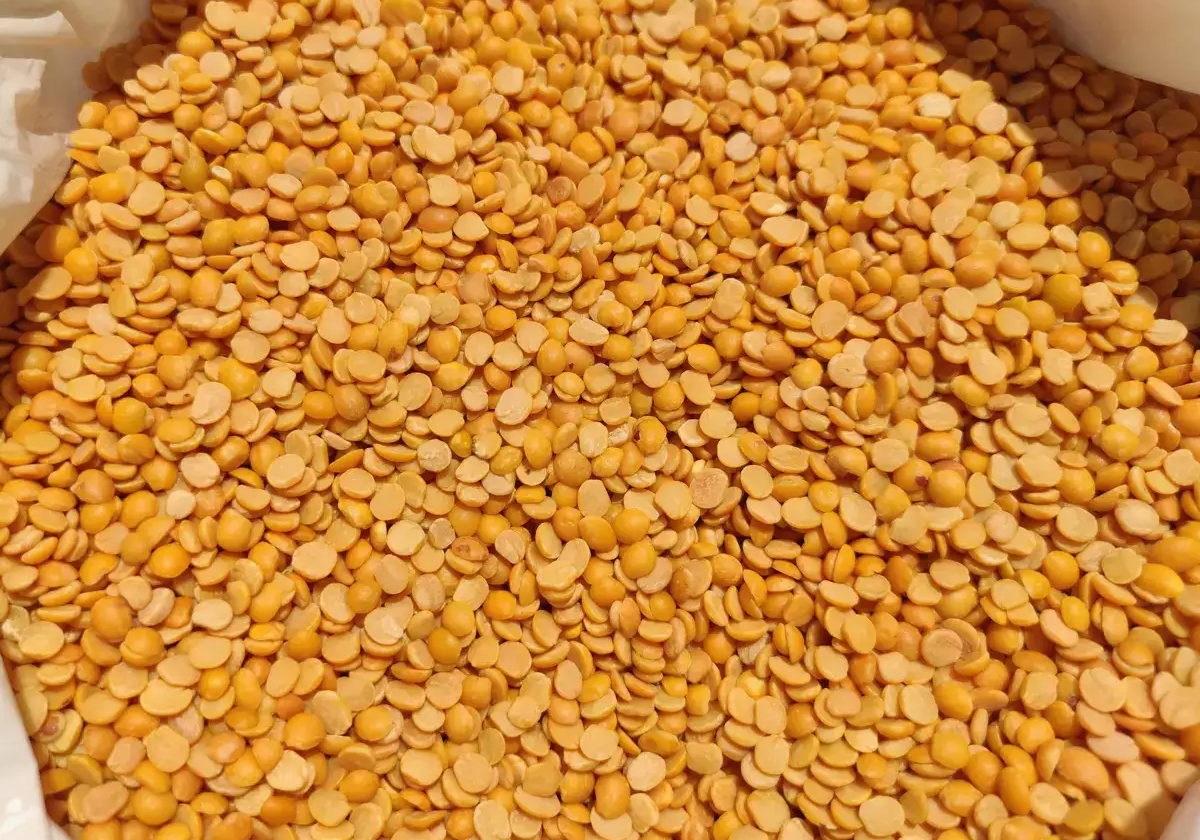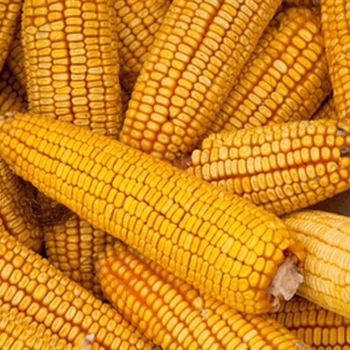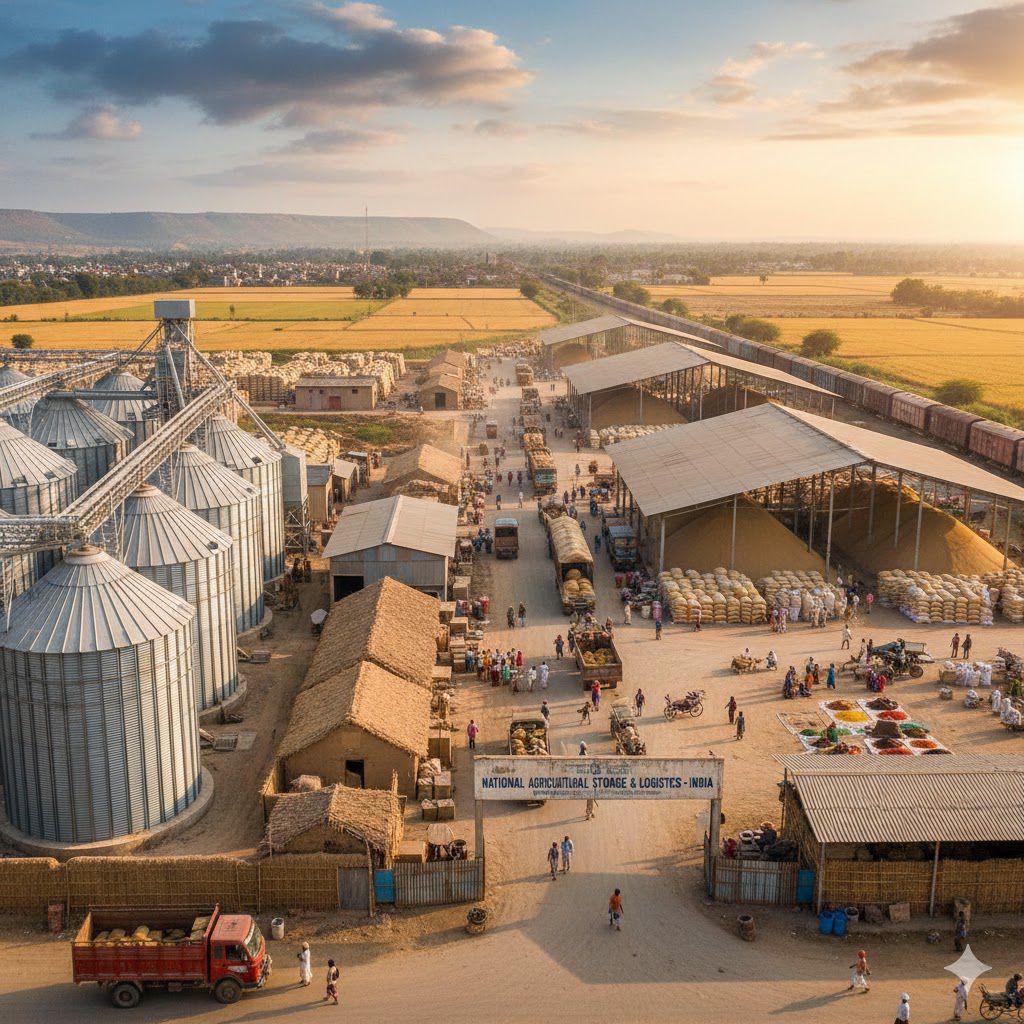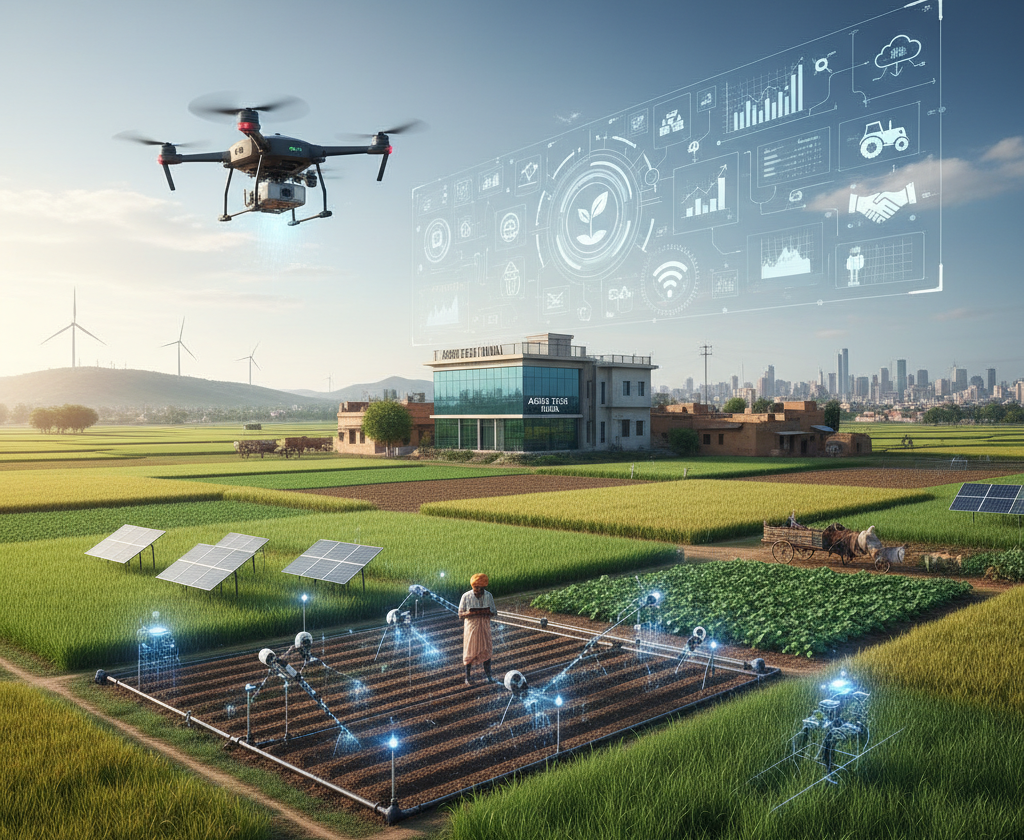India’s agriculture sector is on the brink of a major transformation, powered by technology, innovation, and data. The rise of agritech in India has ushered in a new era in which robotics, vertical farming, and controlled environment agriculture (CEA) are redefining how food is produced, distributed, and consumed. As climate change and population growth put immense pressure on traditional farming, these technologies are emerging as practical solutions for resilient and sustainable food systems.
Agritech India: The growth story
The Indian agritech market has witnessed remarkable expansion in recent years. According to IMARC Group, the market was valued at USD 878.1 million in 2024 and is projected to grow at a CAGR of around 10.9% between 2025 and 2033. Moreover, a Bain & Company study, released in June 2021, estimated that agritech firms in India could unlock a value pool of USD 30–35 billion by 2025, highlighting the sector’s immense potential to transform rural livelihoods and agri-supply chains.
From data-driven decision platforms to automation and climate-smart farming systems, agritech India represents the intersection of agriculture and innovation — a space where efficiency, sustainability, and profitability converge.

Robotics: Transforming on-ground efficiency
The adoption of agritech robotics India is growing rapidly as farms face labour shortages and rising wage costs. Agricultural robots now handle critical tasks like weeding, selective harvesting, spraying, and soil monitoring with precision. Globally, the agricultural robotics market is projected to exceed USD 35 billion by 2025, reflecting the growing centrality of automation in global food production systems.
In India, robotics is not just about replacing manual labour — it’s about enhancing productivity through data. Robots equipped with sensors and cameras generate high-resolution crop data that feeds AI models for predictive insights into yield, pest control, and soil health. For agritech India, this integration of robotics and analytics is helping reduce losses and boost farmers’ profitability.
Vertical farming: Farming upward for sustainability
Vertical farming in India is another vital pillar of our agritech ecosystem, offering a controlled, resource-efficient cultivation method in urban and peri-urban areas. The Indian vertical farming market was valued at USD 82.7 million in 2024, and is expected to grow at a CAGR of 21.5% through 2033, according to IMARC Group.
By growing crops in stacked layers using hydroponics or aeroponics, vertical farms consume far less water than traditional farming, while ensuring pesticide-free, locally produced food. For India’s cities — where space is limited but demand for fresh produce is high — vertical farming offers the ideal blend of technology and sustainability. Startups under the agritech India umbrella are leveraging IoT, sensors, and automation to make vertical farming more accessible and commercially viable.

Controlled Environment Agriculture (CEA): Predictable yields, resilient systems
Controlled Environment Agriculture India extends beyond vertical farming to include greenhouses, polyhouses, and indoor farms that manage variables such as temperature, humidity, CO₂, and light. The global CEA market is valued at USD 54.56 Bn in 2025 and is expected to reach USD 140.77 Bn by 2032..
In the Indian context, CEA plays a crucial role in combating erratic monsoons, soil degradation, and rising input costs. With CEA systems, farmers can achieve year-round cultivation with consistent yields, reduced water use, and minimal reliance on weather. As government support and private investment grow, agritech players in India are developing CEA models tailored for crops such as tomatoes, bell peppers, leafy greens, and exotic herbs.
agribazaar: Reshaping agritech India
agribazaar, a leading online marketplace, is driving the agritech movement in India. agribazaar connects farmers, traders, and buyers across the country through a transparent, data-backed platform. The platform provides real-time market prices for over 100 commodities, ensures secure digital transactions via AgriPay, and enables seamless trading across India.
Beyond trading, agribazaar offers advanced precision farming tools, including AgriBhumi, an intelligent crop monitoring platform that provides satellite-verified land data, crop history, and soil insights, along with advisory on crop and farm management. These solutions enable farmers and agribusinesses to make informed decisions and adopt the modern smart farming techniques.

The road ahead
The future of agritech farming in India lies in integrating cutting-edge technologies with grassroots realities. As robotics, vertical farming, and CEA become mainstream, India is poised to emerge as a global model for sustainable, climate-resilient agriculture. With platforms like agribazaar bridging the digital and physical worlds of farming, the vision of a productive, profitable, and technology-driven agricultural ecosystem is becoming a reality.
Disclaimer
The content published on this blog is provided solely for informational and educational purposes and is not intended as professional or legal advice. While we strive to ensure the accuracy and reliability of the information presented, agribazaar make no representations or warranties of any kind, express or implied, about the completeness, accuracy, suitability, or availability with respect to the blog content or the information, products, services, or related graphics contained in the blog for any purpose. Any reliance you place on such information is therefore strictly at your own risk. Readers are encouraged to consult qualified agricultural experts, agronomists, or relevant professionals before making any decisions based on the information provided herein. agribazaar, its authors, contributors, and affiliates shall not be held liable for any loss or damage, including without limitation, indirect or consequential loss or damage, or any loss or damage whatsoever arising from reliance on information contained in this blog. Through this blog, you may be able to link to other websites that are not under the control of agribazaar. We have no control over the nature, content, and availability of those sites and inclusion of any links does not necessarily imply a recommendation or endorsement of the views expressed within them. We reserve the right to modify, update, or remove blog content at any time without prior notice.








 Connect With Us
Connect With Us